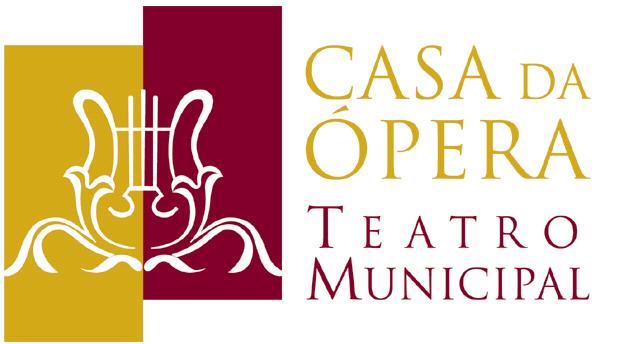TRANSPORTATION
In addition to buses, there are shared taxis (known as taxi lotação) that circulate around predetermined routes, charging a set price. The taxis that pass through UFOP’s campus are labeled “via Bauxita” or “via campus UFOP.”
In the event of blocked streets, accidents or other transportation concerns, call the Departamento de Tráfego da Prefeitura (OUROTRAN) 3559-3238.
HEALTH CARE
Urgent Care or Unidade de Pronto Atendimento (UPA): 24h (for urgent matters and emergencies) –3559-3131. Rua José Mecânico Português, São Cristóvão.
EMERGENCY PHONE NUMBERS
Firemen - 198
Military Police - 190
Ambulances - 192
Municipal Watchmen - 153
COMERCIAL CENTERS
In addition to a variety of neighborhood grocery stores and markets, Ouro Preto relies on many consumer-owned businesses and street fairs offering local products throughout the week.
In the case of misunderstandings or customer abuse, call the Serviço de Proteção ao Consumidor (Procon) 3559-3238.
BANKS AND “LOTTERY HOUSES” (CASAS LOTÉRICAS)

Bank agencies in the center: Banco do Brasil, Itaú, Santander, Caixa Econômica Federal, HSBC and Casa Lotérica on Rua São José (also known as “Rua dos Bancos,” or Bank Street); Bradesco is in the city’s center plaza, Praça Tiradentes.
Bank agencies in Bauxita: Casa Lotérica in the “Pracinha da Bauxita” (the little plaza of Bauxita); Caixa Econômica Federal and Banco do Brasil on UFOP’s campus.
It’s important to know that in Brazil, many bank notes can be paid not only at banks but also at Casas Lotéricas. The bank note will always indicate where it can be paid.
POSTAL SERVICE

Office in the Center: Rua Conde de Bobadela (also known as “Rua Direita”), 180. 3551-1855. Open from 8:30 a.m. to 5:30 p.m., Monday to Friday.
Office in Bauxita: In the “Pracinha da Bauxita.” 3551-2936. Open 9 a.m. to 5 p.m. from Monday to Friday.
CULTURAL SPACES

The Casa da Ópera (Opera House), also known as the Teatro Municipal de Ouro Preto (the Municipal Theater of Ouro Preto), is a spectacle unto itself. The building is the oldest preserved theater in Latin America and it is open for visitation for free from Monday to Sunday from 12 to 6.
The city’s movie theater, also housed in a historic building, is known as Cine Teatro Vila Rica. Run by UFOP, the theater offers various free screenings throughout the year in addition to showings organized by students, like CineArq, which just celebrated its third anniversary. Check the schedule online: www.facebook.com/Cine.Teatro.Vila.Rica.
The Convention Center of UFOP on Rua Diogo Vasconcelos, 328, Pilar, holds various national and international conferences. It is also used for cultural events like Cine OP and the Winter Festival, and is used as a theater for Ouro Preto.
Additionally, the city has places for studying and research, such as the Public Library, open Monday to Friday, from 8 a.m. to 8 p.m. on Rua Xavier da Veiga, 309, Center; and the Public Archives (in the Casa de Gonzaga), open from Monday to Friday, from 1 p.m. to 3 p.m., on Rua Cláudio Manuel (or Rua do Ouvidor), 61, Center.
NIGHT LIFE
Ouro Preto’s famous nightlife results from the eclectic mix of residents, tourists and students who meet up in traditional bars and restaurants in the Historical Center, at República parties or at the shows sponsored by the Centro Acadêmico da Escola de Minas (Caem).
SPORTS AND LEISURE
The Horto dos Contos is a large botanical garden in the middle of the city’s Historical Center, created more than 200 years ago and recently renovated and reopened to the public. Entrance is free and it is equipped for various activities.
The Convention Center parking area, which has a play area for kids, also is a space frequently used by residents for daily walks and outings with kids on the weekends.
One can find even more public spaces spread throughout the city, such as the football fields in the Barra and Água Limpa neighborhoods, the plazas in Ponte Seca and Antônio Dias and various multipurpose courts. Moreover, the city’s historical churchyards are commonly used today as communal meeting places.






